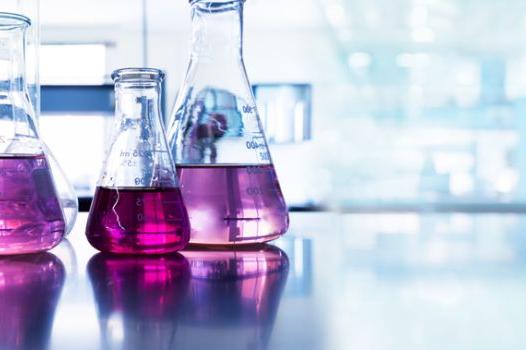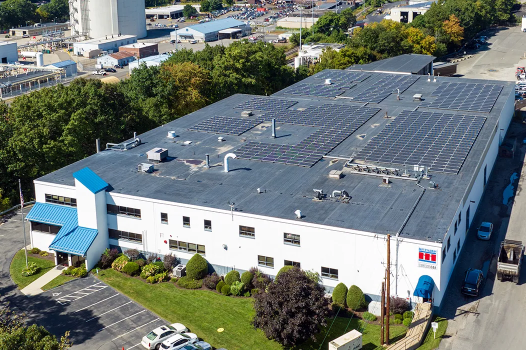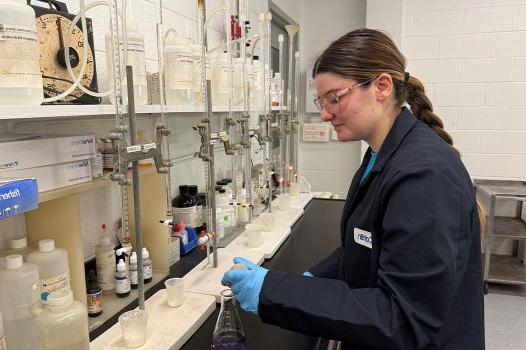Better results. Less chemistry.™
5 Steps to Adding Electropolishing
Blog

Surveys show that only 25% of all metal finishing operations in North America offer electropolishing to their customers. With a possible rise in the need for electropolishing thanks to reshoring efforts for medical parts and equipment, demand could outpace availability as manufacturers seek to find finishers to electropolish those parts to a high specificity.
Fortunately, electropolishing lines are not much different from existing electroplating set-ups, which would allow a shop to easily convert a line to electropolishing or start one from scratch. In addition, electropolishing in general reduces labor-intensive operations and is an excellent procedure to streamline and smoothen microscopic surfaces.
5 Steps to Adding Electropolishing
Knowing what substrates you want to electropolish and deciding on what type of finish your customers looking for — shiny and bright, surface refinement, passivation, or a combination of the three — is the start of the process. But there are five basic steps to getting an electroplating line up and running smoothly:
- Set up a proper cleaning system at the start of the line. Cleaning is necessary to remove grease, oil, fingerprints, drawing compounds, etc.; otherwise they will interfere with the subsequent electropolishing. If necessary, some parts may need to be descaled.
- Use existing tanks: processing tanks can be chemical lead lined (same that are utilized in chromium plating tanks at 8 lbs. lead), or high temperature polypropylene tanks with a 300 series stainless steel shell.
- Utilize high quality electropolishing chemistries; it’s best to use a stable, easily controlled and economic solution that is readily adaptable to obtain the many advantages inherent in the electropolishing process.
- Use standard water rinses; three will work in most lines, and there may also be a need to neutralize if necessary.
- Set-up a parts-drying area; parts may be dried by any of the common methods such as dipping in hot water and air drying, drying in sawdust, centrifuging, forced hot or compressed air, solvent vapor drying or dipping in water displacing oils and degreasing.
Did you know – much of the equipment needed is probably already installed in a finishing operation? The key to successfully running an electropolishing operation is having good suppliers to work with who can lead a shop down the path of efficiency and profitability.
Hubbard-Hall has an extensive lineup of chemistries and solutions for those wishing to add electropolishing to their menu of offerings, and —more importantly — the inhouse experts who can assist shops in setting up their system and getting it running efficiently in a very timely manner.




